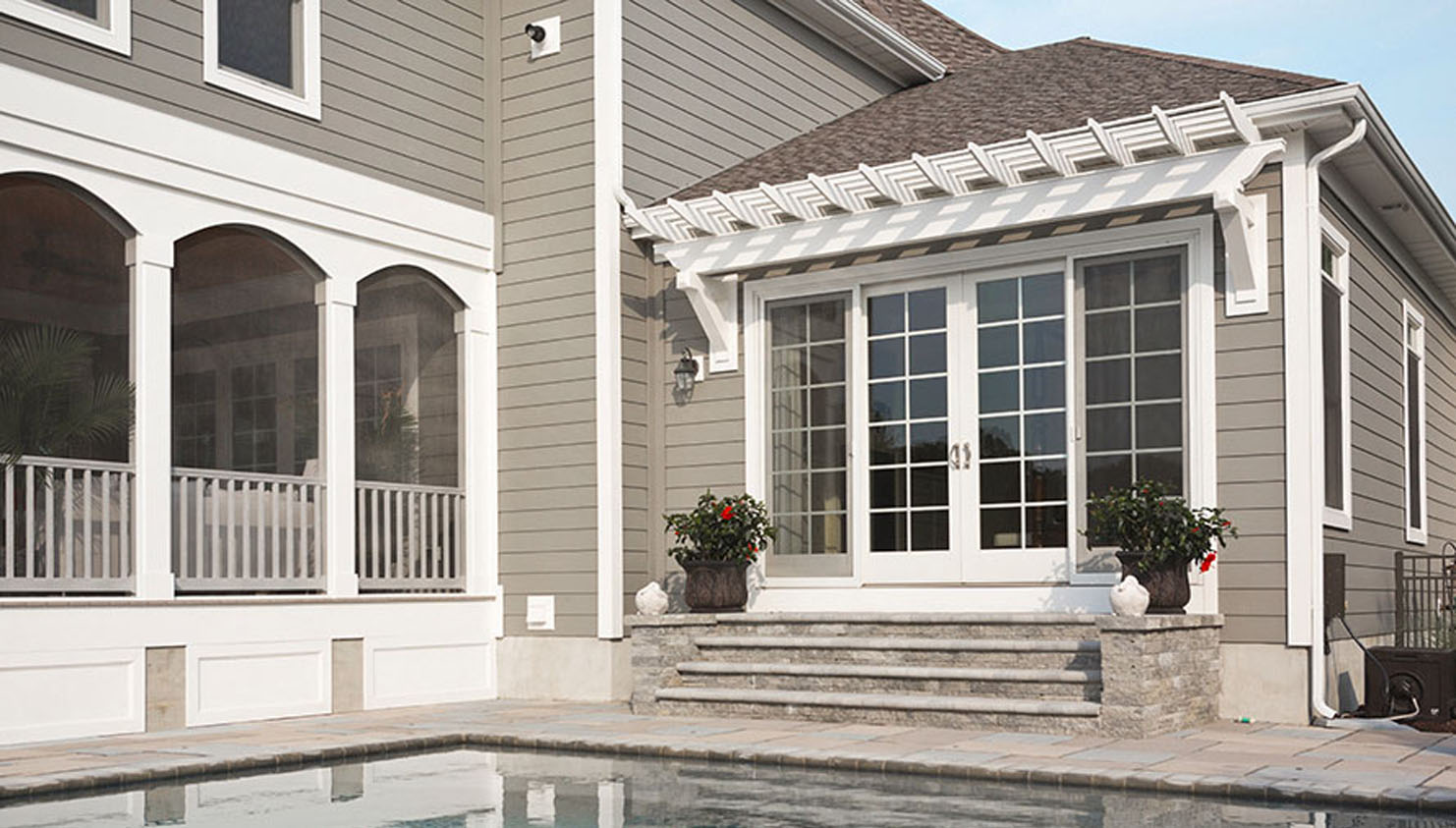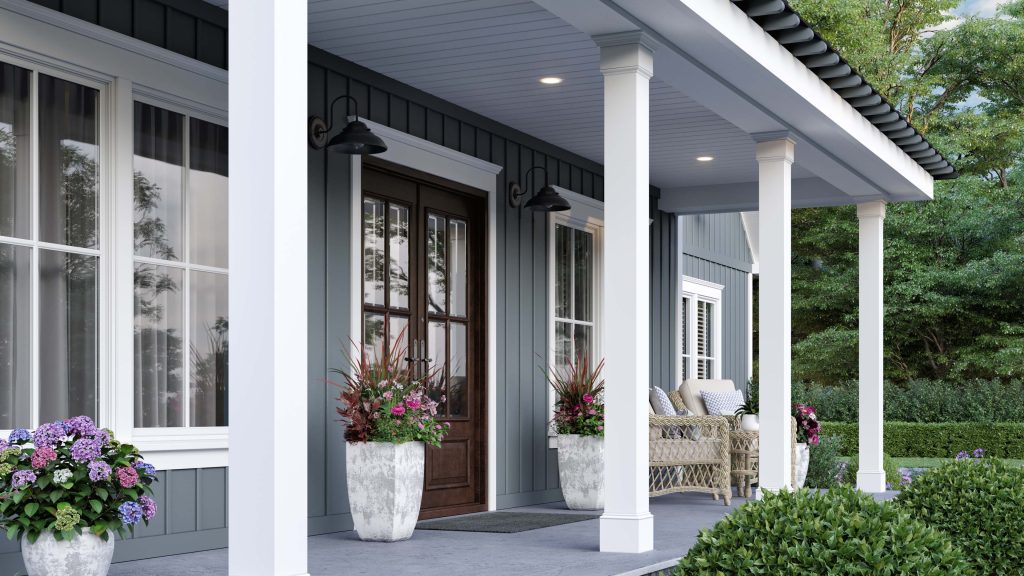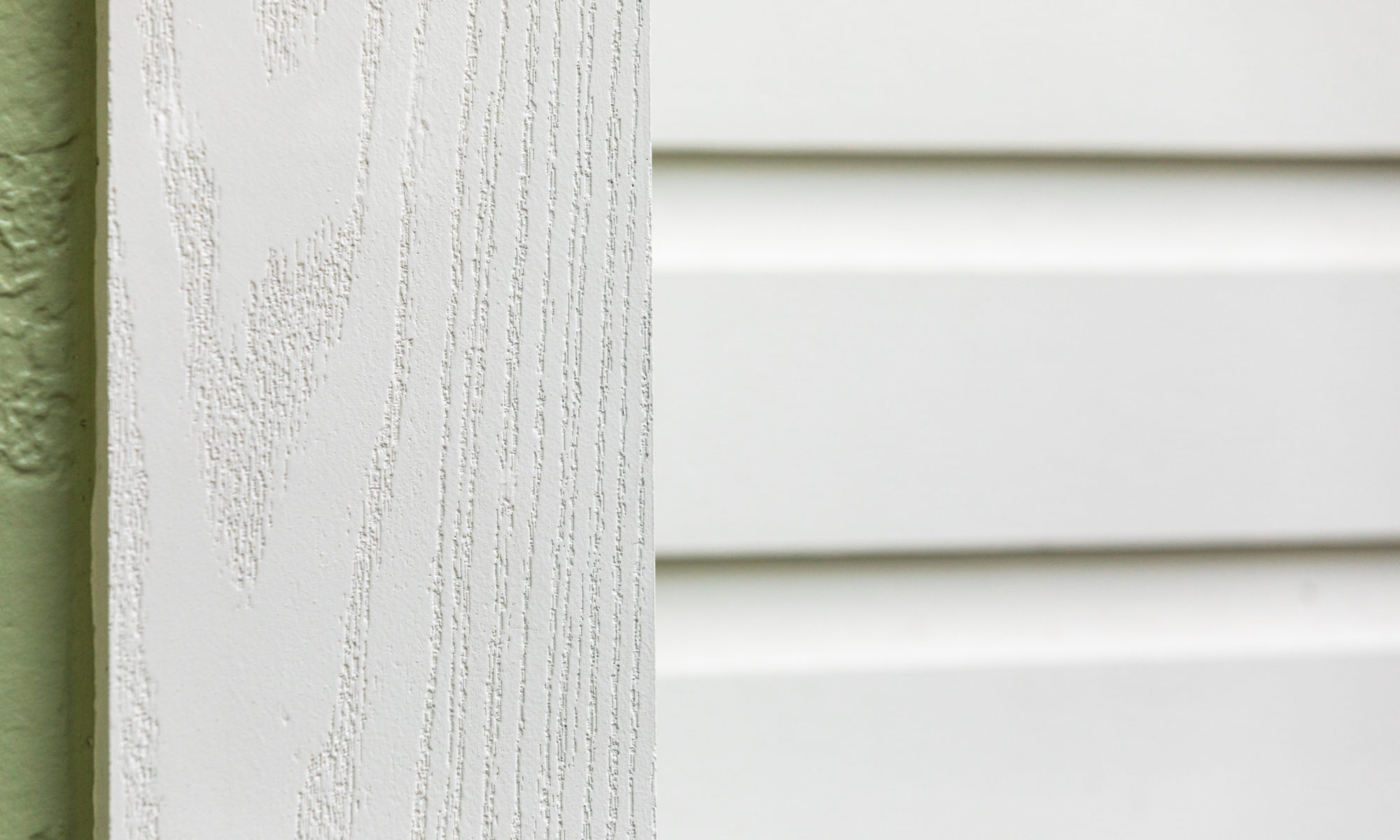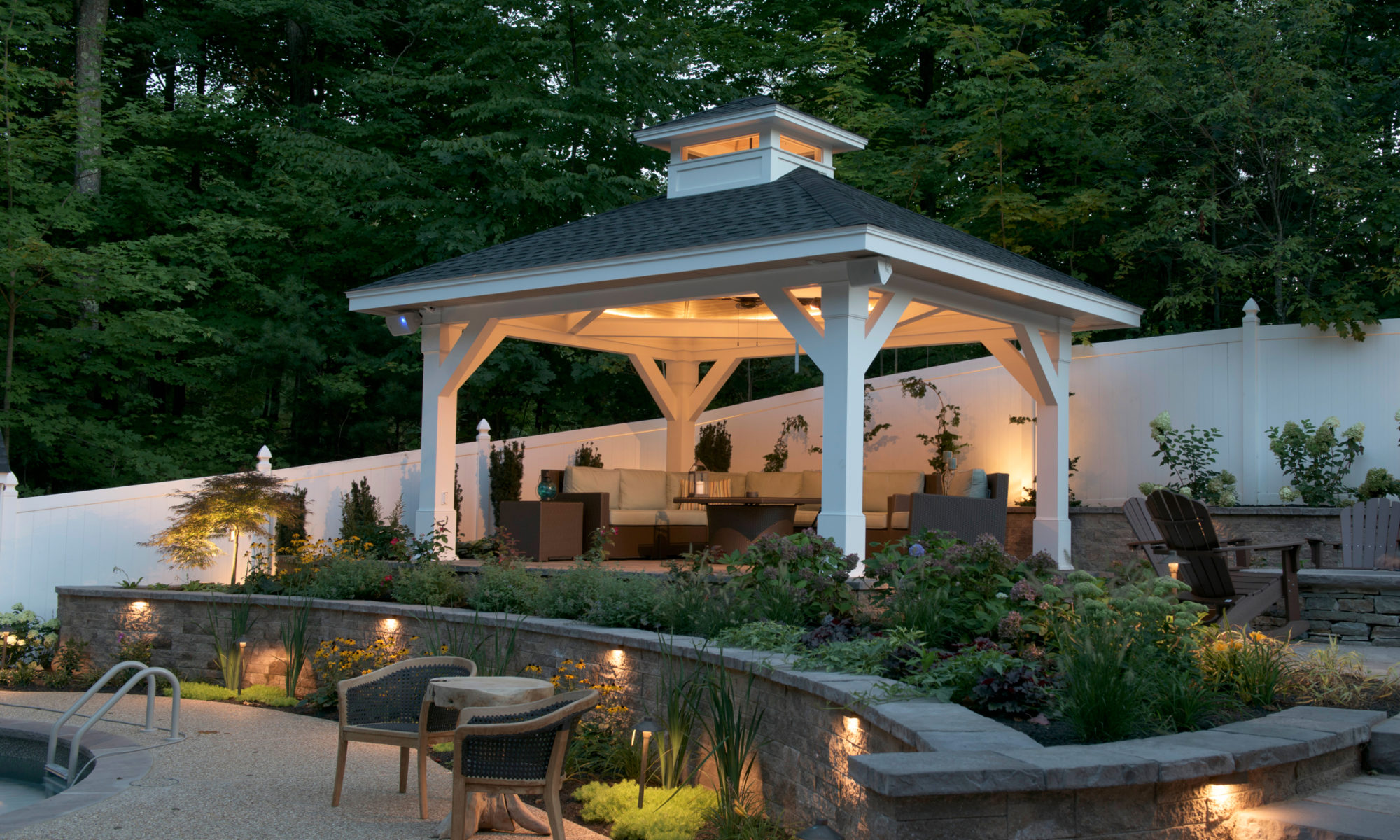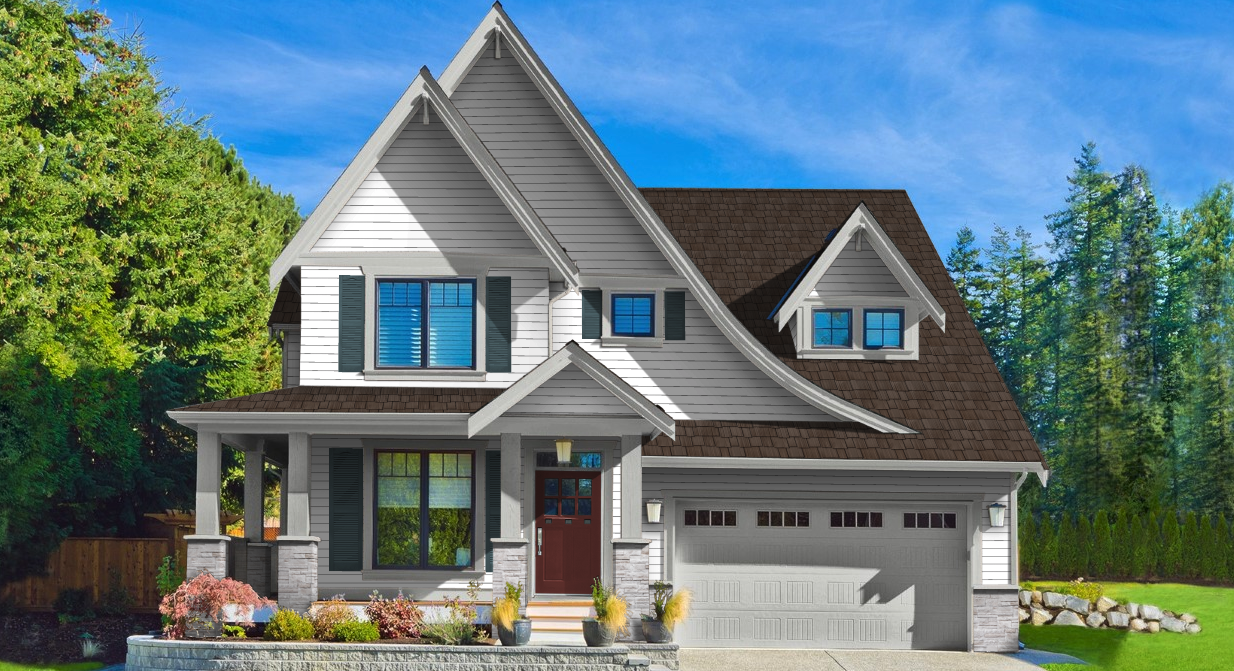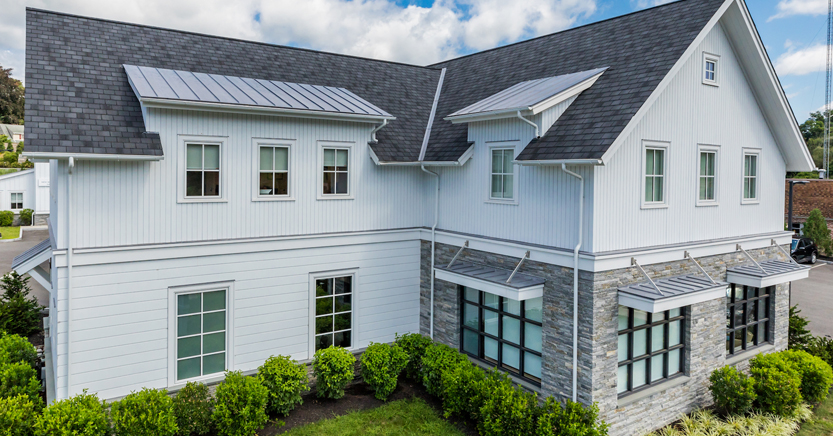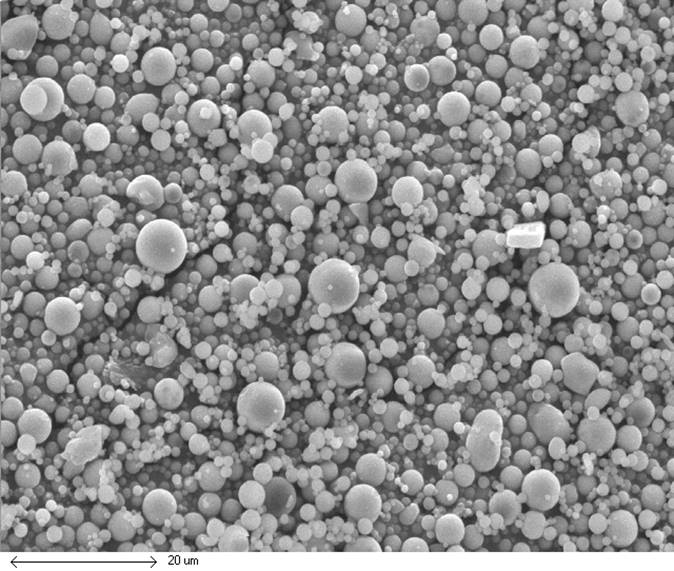Despite ongoing volatility in the housing market, the trim market is going strong, with the power to elevate home exteriors for homeowners looking to elevate their space or prepare it for sale. LBM Journal took a look at the latest Trim Trends in its annual In Depth feature on trim. Here is some of what they found.
Trim Trends Upward
While there may be uncertainty about how economic recovery will chart this year, trim offers an upgrade that makes sense for many homeowners.
“There are several factors that could potentially support remodeling and repair spending, including record levels of home equity and the significant amount of people still working from home,” Steve Booz, vice president of marketing for Westlake Royal Building Products, told LBM Journal. “During this time, we foresee smaller projects and those with high return on investment being prioritized. Even with constraints in time or budget, there are still impactful projects that can enhance a home’s ROI. With creativity and effort, these ideas offer an accessible means to updating a home.”
Booz noted that adding trim and mouldings is an easy, affordable way to add unique architectural details. “In 2024, we expect a growing demand for classical architectural elements, such as trim, mouldings and columns, due to the increasing construction of single-family homes,” he said. “New homes often incorporate these details to enhance their upscale appearance and overall market appeal.” Along with being an approachable project, adding trim can help elevate the marketability of a home in a time when higher interest rates have slowed existing home sales.
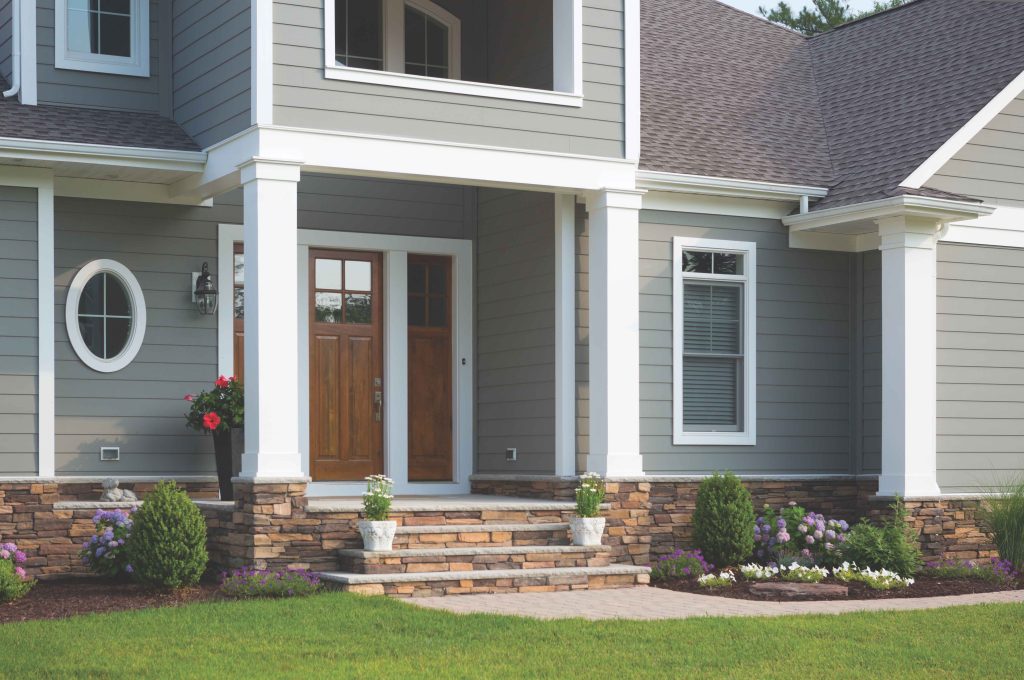
Supply Chain Improvements
Helping the cause is an easing of the supply woes that dealers and contractors have encountered over the past few years.
“In 2023, there were notable improvements in supply chains within the building products industry,” Booz noted. “Looking ahead to 2024, there is optimism that supply chains and material prices will further normalize.”
He added: “Barring any unforeseen upstream issues, most Westlake Royal Building Products trim and mouldings products are back to normal lead times. We are also happy to say that we have begun to re-introduce products that had been furloughed as well as launching new products to the market, particularly in our siding and trim businesses.”
These introductions include Royal® WoodTone Styles, beadboard trim with a warm woodgrain finish, and Royal® Knock Down Column Wraps, offering easy installation for an instant upgrade.
Color Leads Trim Trends
While neutrals will never go out of style, trim manufacturers say those colors are getting warmer. Bolder colors also are catching on.
“In 2024, timeless off-white and cream hues will continue to dominate home exteriors, providing versatility and a modern aesthetic that complements diverse architectural styles,” Booz said. “Light grays, browns, and bolder blues will also emerge as popular choices for a fresh and contemporary look.”
For customers looking for darker trim, check out TruExterior Siding & Trim®, a poly-ash product that can be painted any color, including black.
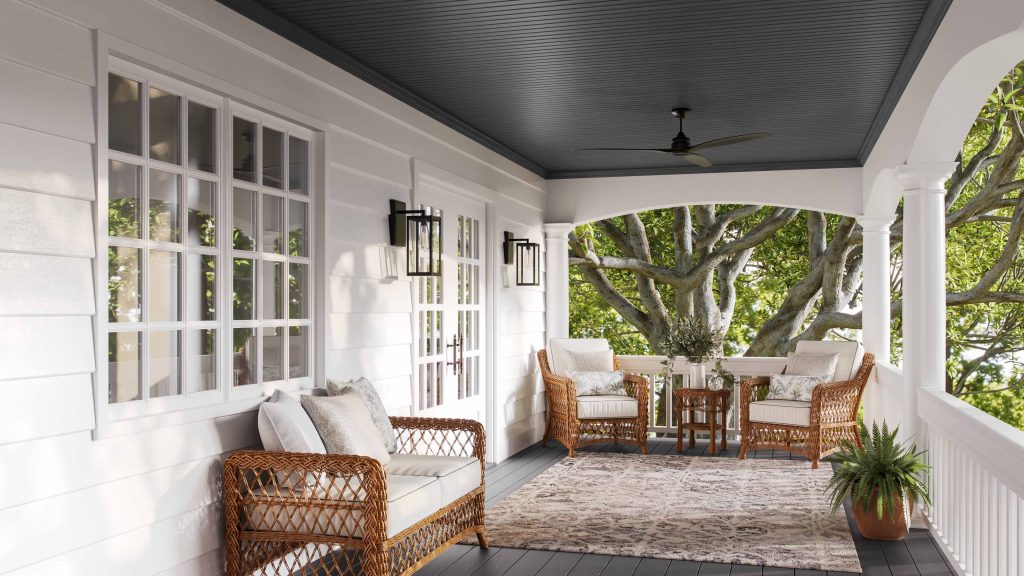
Product Knowledge Is Key When Navigating Trim Trends
Trim manufacturers agree that dealers must be consultants for their pro customers, LBM Journal reported, especially amid ongoing labor shortages. Dealers should leverage manufacturer-provided training opportunities to ensure they’re up to speed on product features and installation best practices. Also, be sure to check out the many online design tools that can help pros and homeowners visualize how different products will look on the home. Westlake Royal Building Products, for example, offers the HomePlay and Virtual Remodeler tools.
For more tips and trends check out the full LBM Journal article here.
Want more industry insights? Subscribe to our enewsletter.




